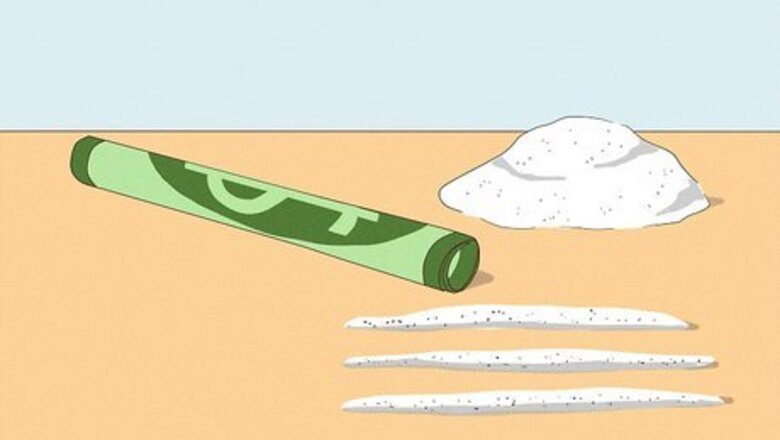
views
- Rolled-up dollar bills may have been used to snort fentanyl and could still have traces of the drug inside. Avoid picking them up.
- If you see a rolled-up dollar bill, contact law enforcement to notify them.
- Talk to your community via email, social media, or town hall meeting if you notice suspicious-looking rolled-up dollar bills popping up in public places.
What are rolled up bills used for?
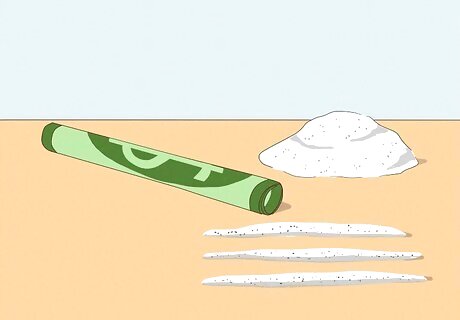
Rolled-up dollar bills are used to snort fentanyl and other drugs. Fentanyl is a powerful and potentially lethal opioid that usually comes in powder form. In recent years, people have been folding or rolling-up dollar bills to ingest it, then discarding these bills with leftover powder inside. Fentanyl-laced bills are usually found in parking lots, parks, packed superstores like Walmart, and other areas where users can drop them without getting caught.
What to Do When You See Rolled-Up Money
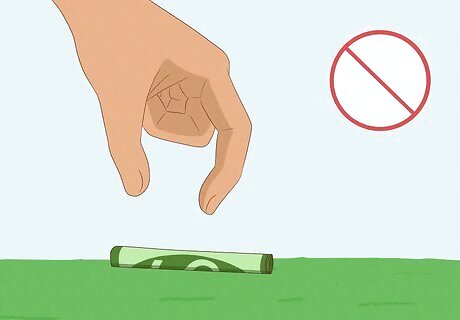
Leave the dollar bill on the ground. If you notice a folded, tucked, or rolled bill, don’t pick it up. Picking up these bills can get fentanyl on your fingers and increase your risk of accidentally absorbing the drug if you touch other parts of your body. Research is conflicting on whether or not you can get fentanyl poisoning from just skin contact, but it’s always best to air on the side of caution. If you accidentally touch the bill for any reason, wash your hands thoroughly with soap and water. Avoid using hand sanitizer or bleach to clean your hands as they may not effectively get rid of all the residue.
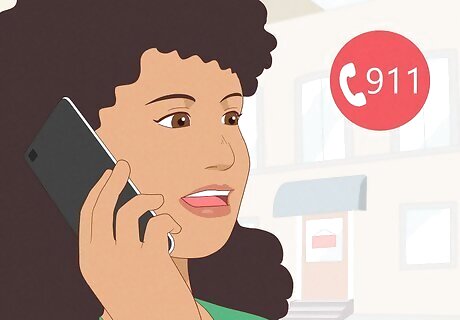
Call the police or report the bill to other nearby authorities. Once you’ve spotted a potentially-laced bill, call 9-1-1 or dial the emergency service number for whatever area you’re in. Tell them you have reason to suspect the bill contains fentanyl. If it does, first responders will know how to dispose of the powder safely and effectively so nobody is harmed. If you find the bill in a privately-owned area like a Walmart or concert venue, notify an owner or staff member so they can prevent others from picking it up, too.
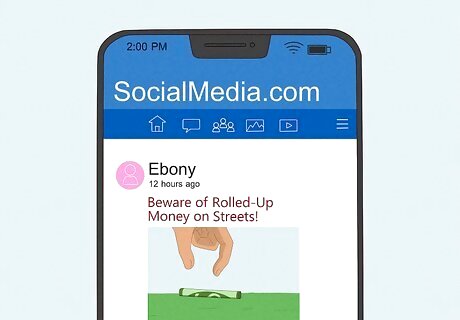
Notify others that these bills are being spread in your community. Text your friends, post on social media, and/or contact your city council to let them know there might be fentanyl-laced products in nearby public spaces. The more educated people are about the potential dangers of these bills, the less likely everyone is to get hurt. Consider forming a block club or other safety organization to help rid your neighborhood of drug markets if you notice these dollar bills becoming a common occurrence. Meeting as little as once a month can help your community tremendously by giving people strategies on spotting dealers and helping combat addiction. For more information on fighting drug addiction in your neighborhood, visit the CDC Drug-Free Communities website.
What is fentanyl?
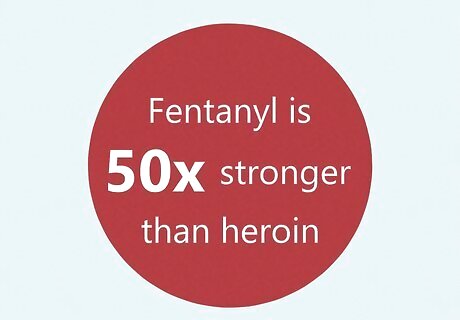
Fentanyl is an extremely potent synthetic opioid. It’s about 50 times as strong as heroin and, in rare cases, used by doctors to treat extreme pain. However, most fentanyl use comes from illegal manufacturing. Drug markets lace other, less-potent products with fentanyl so they’re cheaper and more powerful. Of course, this also makes them more dangerous. In the U.S, about 150 people die from overdoses of fentanyl and similar synthetic opioids every day.
Dangers of Fentanyl
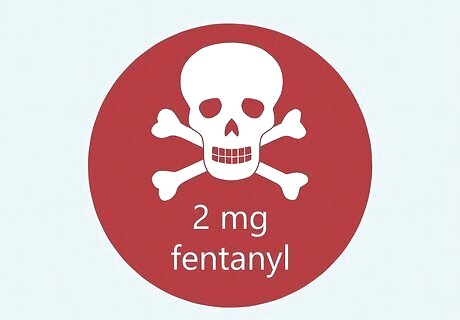
Even a small dose of fentanyl can be deadly. All it takes is about 2 milligrams (the weight of a mosquito) of the drug to kill someone. Considering drug markets often distribute fentanyl by the kilogram, that means every brick sold has the potential to kill about half a million people. Nearly 75% of U.S overdose deaths in the past 2 years involve fentanyl in some way.
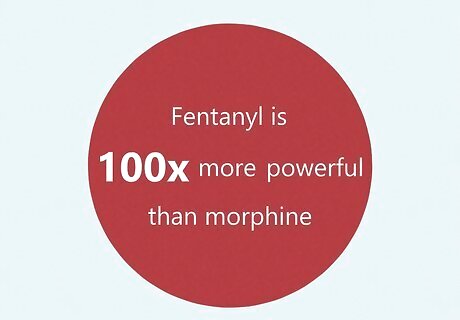
Fentanyl is highly addictive. Fentanyl is 100 times more powerful than morphine (one of the most addictive and powerful painkillers). It easily binds to the body’s opioid receptors, creating feelings of extreme euphoria and sedation. However, after just a few doses, the body becomes dependent on its potency and it becomes very difficult for users to feel happiness from anything else. Fentanyl addicts who don’t take the drug every few hours begin to experience withdrawal symptoms like muscle and bone pain, sleep problems, diarrhea and vomiting, cold flashes, uncontrollable leg movements, and cravings. If someone you know is struggling with fentanyl addiction, seek professional help. Beating this addiction is totally possible, but will require expert resources to physically and emotionally transition to sobriety.
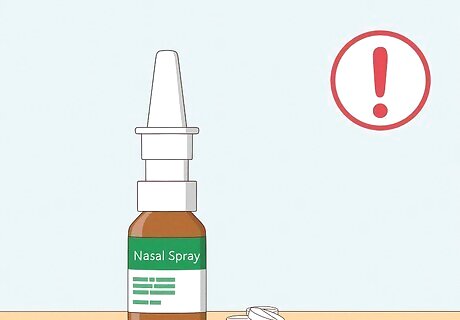
Fentanyl is hard to spot. Because such a small dose of fentanyl is so powerful, it can be easily mixed in with other products without people knowing. Drug dealers often place it in nasal sprays and seemingly-prescription pills to create demand and hide distribution. While prescription drugs in the U.S are heavily regulated, areas without this oversight and people who can’t afford health insurance are at risk of ingesting fentanyl thinking they’re taking legitimate medicine. Luckily, several health organizations are starting to distribute fentanyl testing strips, which you can use to check for traces of fentanyl in your product. These strips can be found online and in several bodegas across the U.S. Over 42% of pills tested for fentanyl contained at least 2mg (a lethal dose).
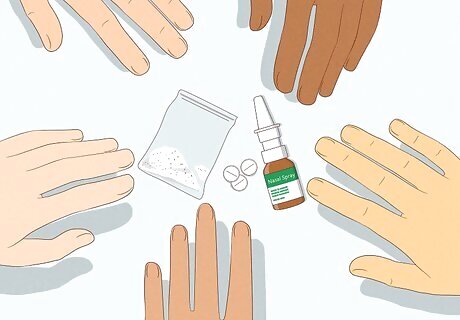
Fentanyl is becoming increasingly common. Because of how addictive and powerful it is, drug dealers have cut down costs by lacing their other products with fentanyl. It’s also super easy to smuggle, which has caused fentanyl to affect almost every opioid market in the country. The DEA has said that fentanyl is now the most significant synthetic opioid threat in the country and will be for the foreseeable future. To combat the rising fentanyl epidemic, officials have created National Fentanyl Prevention and Awareness Day. This day is dedicated to remembering loved ones who have died from fentanyl poisoning and acknowledging how this drug has negatively affected people.



















Comments
0 comment